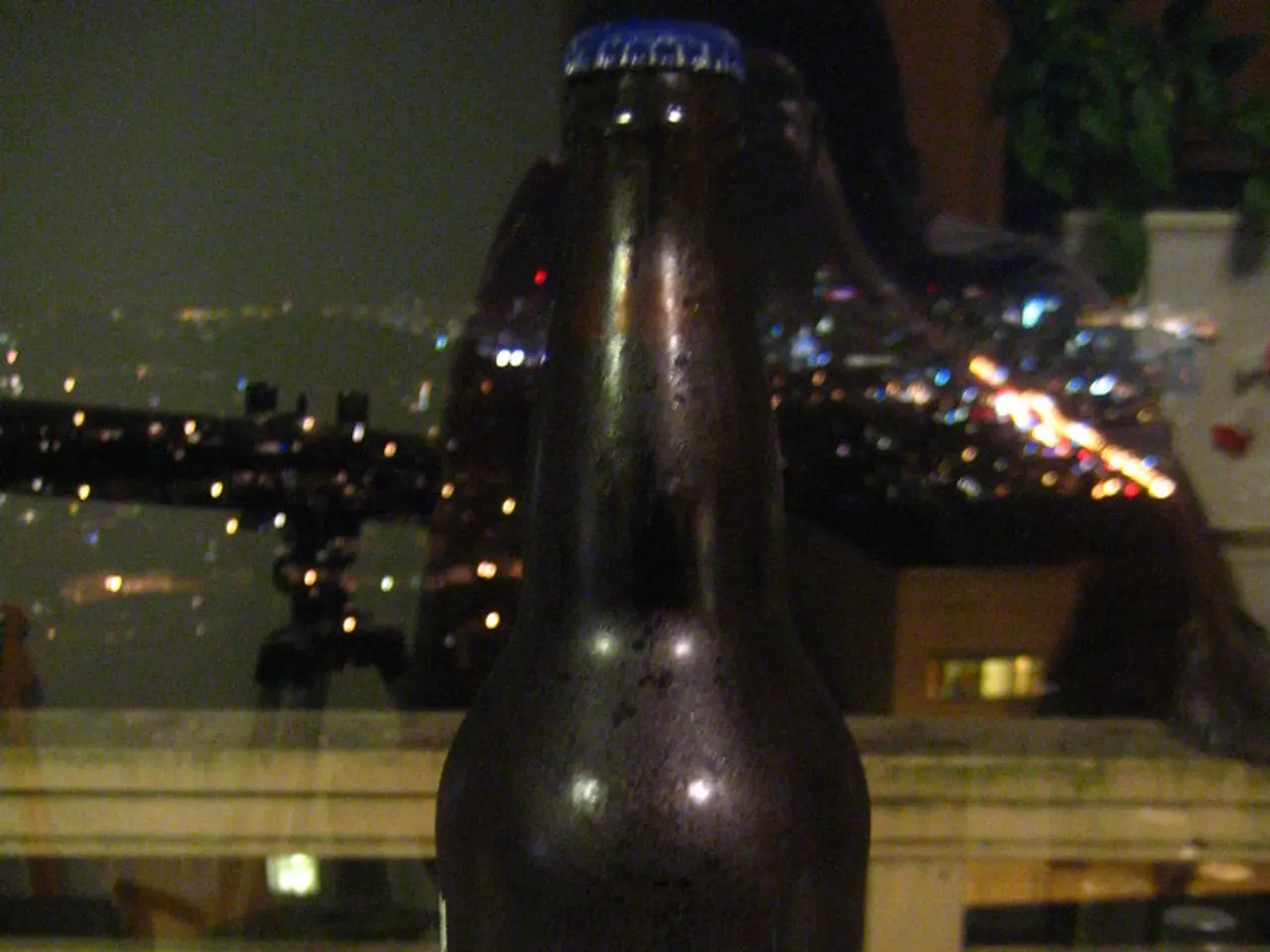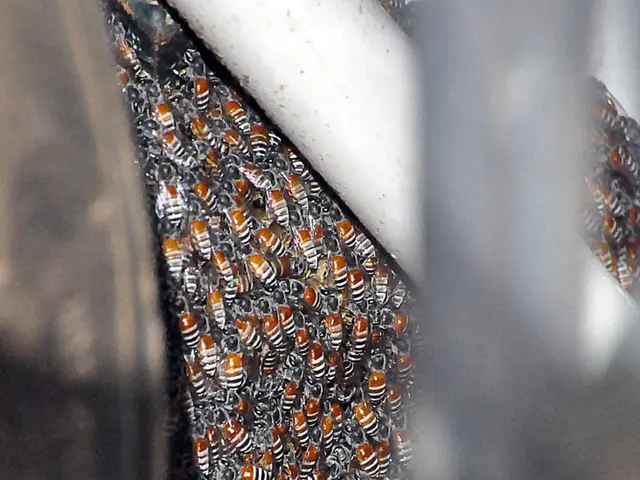LED Light Therapy: Choose the Right Gel for Optimal Results
LED light therapy, a popular skincare treatment, requires careful gel selection for optimal results. The right gel enhances light penetration, while unsuitable ones can hinder or cause reactions. LED light therapy uses different wavelengths to target specific skin issues. Near-infrared light (700-1200nm) penetrates deep layers to repair tissue and reduce inflammation. Red light (630-700nm) stimulates collagen production and accelerates healing. Blue light (400-490nm) targets acne-causing bacteria. For best results, choose clear, water-based gels free from oils, dyes, particles, or occlusive agents. These gels, often containing purified water and skin-friendly humectants, ensure optimal light penetration. Avoid gels with reflective, light-sensitive, or heavy ingredients that may block pores or react negatively under LED light. Always perform a patch test before application. Using a cooling gel can provide a soothing effect, reducing warmth from LED devices. Some hydrating or serum-infused gels may enhance the experience and benefits of LED therapy by improving hydration and ingredient absorption. Selecting the right gel is crucial for effective LED light therapy. Water-based gels with no interfering ingredients ensure optimal light penetration, while unsuitable gels can hinder results or cause reactions. Always perform a patch test and consider gels that enhance hydration and ingredient absorption for the best outcomes.






